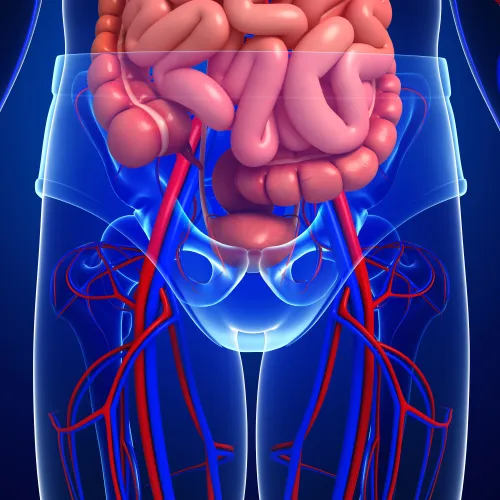Pathology/Lab Coding Alert
Reader Questions:
Avoid Signs and Symptoms With Definitive Diagnosis
Published on Tue Aug 11, 2015

You’ve reached your limit of free articles. Already a subscriber? Log in.
Not a subscriber? Subscribe today to continue reading this article. Plus, you’ll get:
- Simple explanations of current healthcare regulations and payer programs
- Real-world reporting scenarios solved by our expert coders
- Industry news, such as MAC and RAC activities, the OIG Work Plan, and CERT reports
- Instant access to every article ever published in Revenue Cycle Insider
- 6 annual AAPC-approved CEUs
- The latest updates for CPT®, ICD-10-CM, HCPCS Level II, NCCI edits, modifiers, compliance, technology, practice management, and more
Related Articles
Other Articles in this issue of
Pathology/Lab Coding Alert
- Toxicology:
Expect Just Two Medicare Drug Test Codes for 2016
Agency fears overpayment for drugs-of-abuse testing. Billing for Medicare-beneficiary drug testing is about to change [...] - 2016® Lab Code Preview:
Watch For Continued Molecular Test Expansion
Check with CMS for final pricing decisions. You can get the scoop on what new [...] - ICD-10 Implementation:
CMS Offers Relief -- No Claims Denials in First Year
Don’t relax your lab’s preparation. If you can at least list an ICD-10 code from [...] - You Be the Coder:
Beware Coverage Frequency Limitations
Question: A physician ordered a weekly hemoglobin A1C test to monitor a patient for diabetes, but [...] - Reader Questions:
Update PSA Coding for ICD-10
Question: What diagnosis codes should we use for screening and diagnostic prostate specific antigen (PSA) tests [...] - Reader Questions:
Check Specimen for IHC Codes
Question: We are still dealing with getting paid for some IHC staining tests done in from [...] - Reader Questions:
Use "Other" ICD-10 Codes With Caution
Question: If I find that a common ICD-9 code that I use doesn’t have a direct [...] - Reader Questions:
Report ER Findings, Too
Question: When the pathologist completes a malignant breast cancer case and has performed scoring for ER [...] - Reader Questions:
Avoid Signs and Symptoms With Definitive Diagnosis
Question: When billing codes that fall under the physician fee schedule, should pathology billing representatives ever [...]
View All




